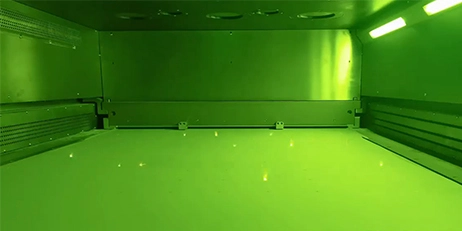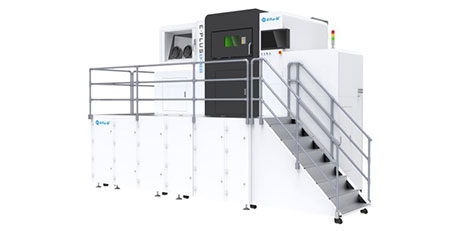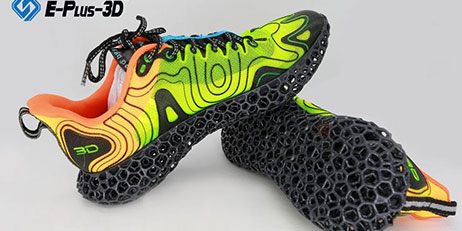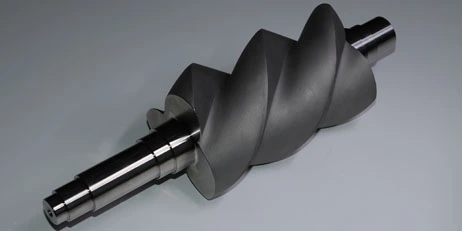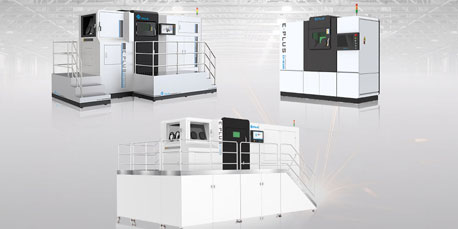3D printing technology is revolutionizing manufacturing processes and creating new opportunities for innovative energy applications. The ability of 3D printing to rapidly and cost-effectively produce parts with intricate shapes and complex geometries makes it ideal for the development of energy systems, including renewable energy structures, energy storage containers, and more. In this article, we explore the potential of 3D printing in energy applications and examine some of the ways it is being used to revolutionize the industry.
How is 3D printing revolutionizing energy systems?
3D printing is revolutionizing energy systems in multiple ways, from helping to shape structures for renewable energy sources such as solar panels and wind turbines to create precise and efficient container designs for storing energy. 3D printing allows energy producers to create highly customized designs for renewable energy systems and optimize energy production, storage, and usage.
The possibility of printable renewable energy structures
One of the most exciting applications of 3D printing in energy systems is the possibility of printable renewable energy structures. Using 3D printing and advanced design software, it's possible to create highly customized renewable energy structures without having to build them from scratch. This makes it much easier for energy producers to create innovative designs that are tailored to specific sites and conditions. And because 3D printing is a much faster and more cost-effective method of production than traditional manufacturing processes, there is the potential to significantly reduce the cost and time needed to create these types of structures.
The benefits of 3D printing for energy storage
Another key application of 3D printing in energy systems is the development of innovative energy storage containers. By using 3D printing, energy producers can quickly and easily create containers of any size and shape, giving them the ability to customize the design to meet specific storage requirements. 3D printing can also be used to create components for energy storage systems, such as batteries, capacitors, and supercapacitors. The use of 3D printing in this way can result in container designs that are precisely optimized for different energy storage needs, allowing energy producers to maximize efficiency and performance.
Future opportunities for 3D printing in energy systems
The potential of 3D printing in energy applications is just beginning to be explored. As technology advances and 3D printing becomes increasingly accessible, energy producers will have more opportunities to develop innovative solutions and push the boundaries of the industry. It's clear that 3D printing has the potential to revolutionize the way energy systems are designed and produced, and it's exciting to think of what the future holds for this technology.
Eplus3D is a leading name among the most professional 3D printer manufacturers in China. Our expertise lies in offering a diverse range of cutting-edge 3D printing machines, tailored to meet the unique needs of various industries.
As specialists in the field, we take pride in providing top-of-the-line 3D printing solutions, including SLM metal 3D printing machines, SLA 3D printing machines, and SLS 3D printing machines. With each technology catering to different applications, we empower businesses to explore new horizons in design, prototyping, and production.
